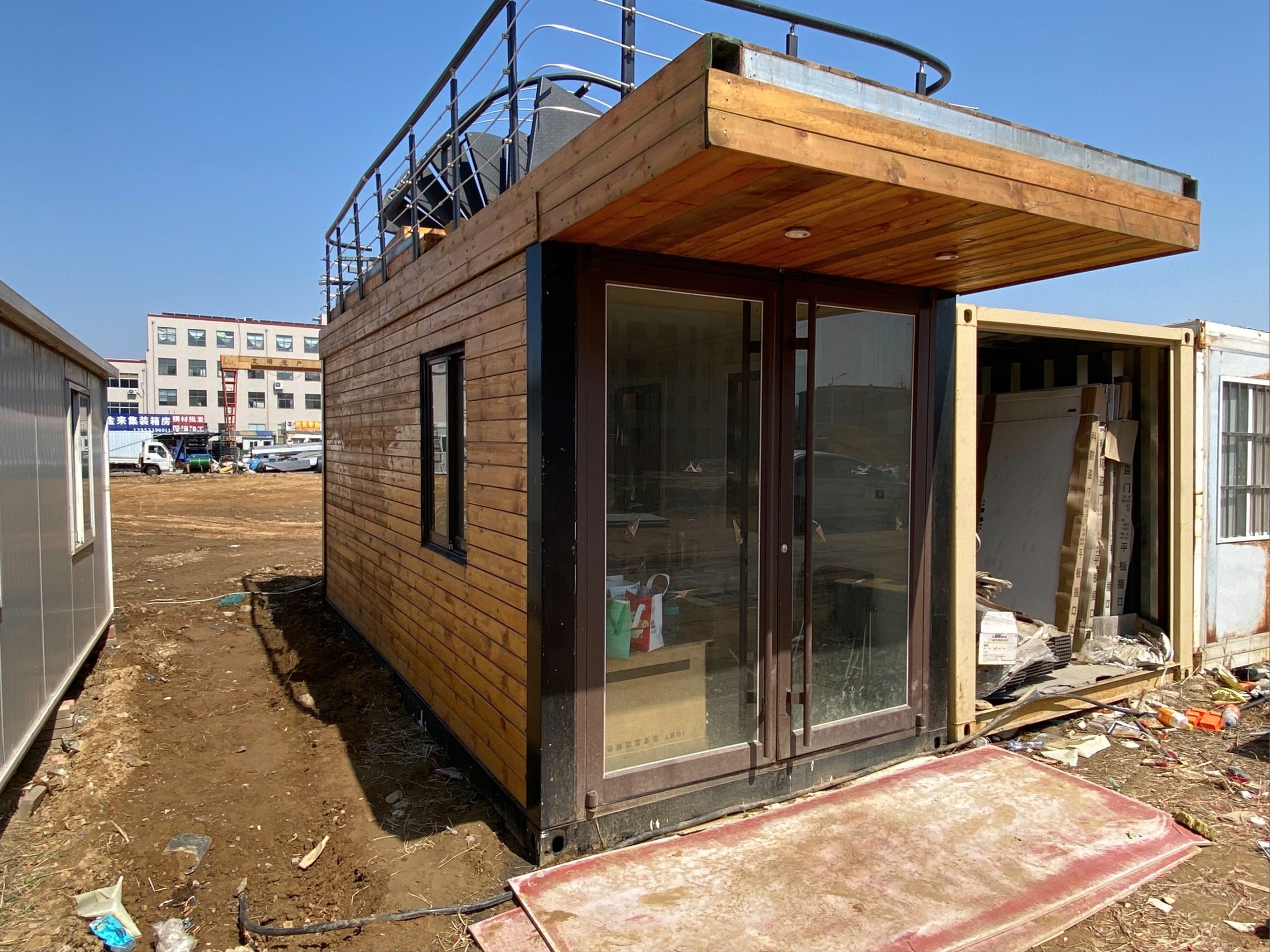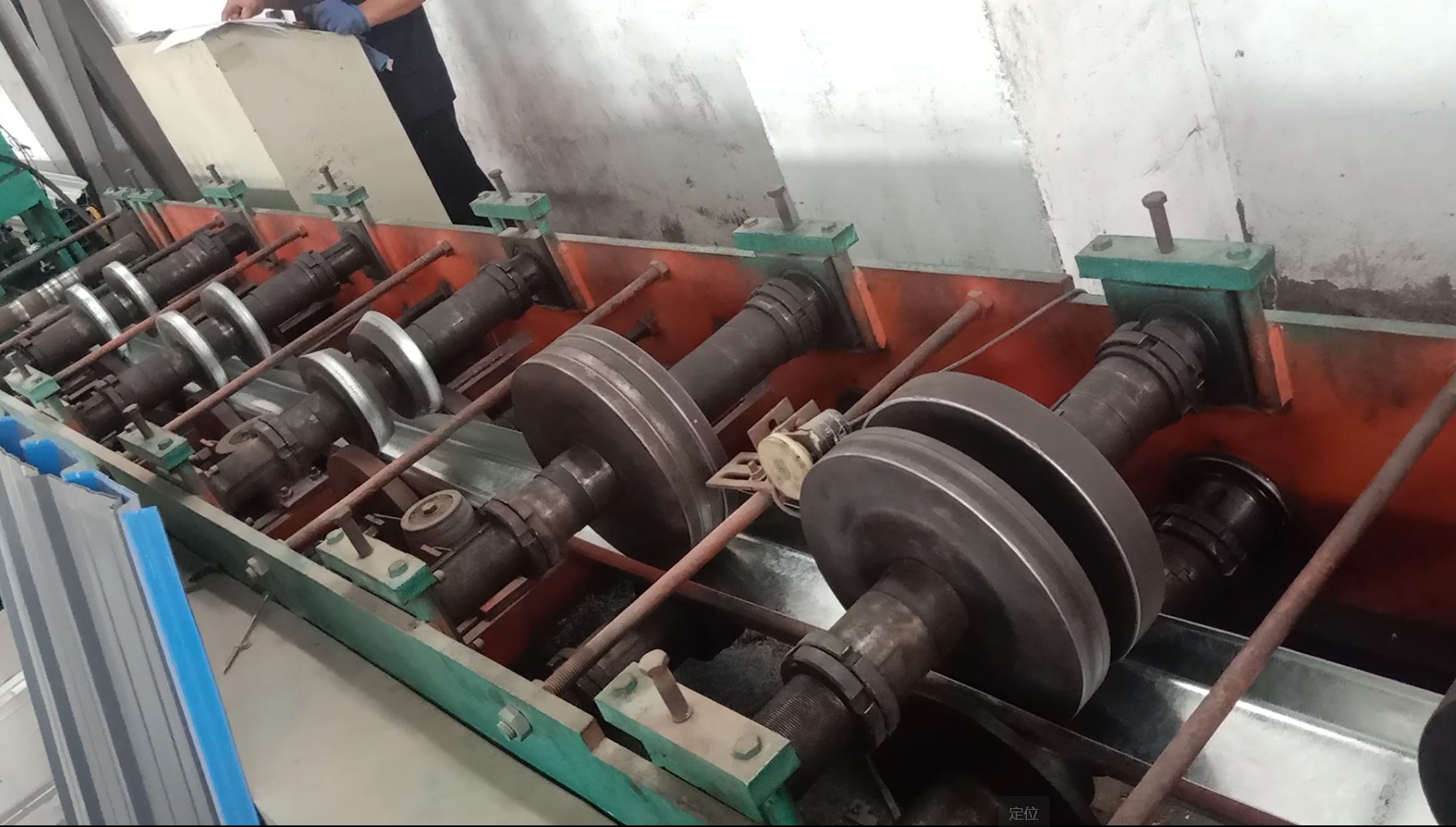Table of Contents
Benefits of Using Steel Structure in Residential Buildings
Steel Structures have been widely used in the construction industry for many years due to their durability, strength, and versatility. While steel has traditionally been associated with commercial and industrial buildings, its application in residential construction has been gaining popularity in recent years. The use of steel structures in residential buildings offers numerous benefits that can significantly improve the quality of living for homeowners.
One of the key advantages of using steel structures in residential buildings is their strength and durability. Steel is a highly robust material that can withstand extreme weather conditions, such as high winds, heavy snow loads, and earthquakes. This means that steel-framed homes are more resistant to damage from natural disasters, providing homeowners with a greater sense of Security and peace of mind.
In addition to their strength, steel structures are also incredibly versatile. Steel beams can be fabricated to precise specifications, allowing for greater design flexibility and customization in residential construction. This means that homeowners can create unique and modern living spaces that meet their specific needs and preferences. Whether it’s an open-concept floor plan, large windows for natural light, or a contemporary aesthetic, steel structures can accommodate a wide range of design choices.

Furthermore, steel structures are known for their efficiency in construction. Steel beams are lightweight and easy to transport, making the construction process faster and more cost-effective. This means that homeowners can move into their new steel-framed homes sooner, saving time and money on construction costs. Additionally, steel structures require less maintenance than traditional building materials, such as wood or concrete, reducing long-term upkeep expenses for homeowners.

Another benefit of using steel structures in residential buildings is their sustainability. Steel is a recyclable material that can be reused multiple times without losing its strength or quality. This makes steel structures an environmentally friendly choice for homeowners who are looking to reduce their carbon footprint and minimize waste. Additionally, steel structures are energy-efficient, as they can be insulated to improve thermal performance and reduce heating and cooling costs for homeowners.
Overall, the application of steel structures in residential buildings can greatly improve the quality of living for homeowners. From their strength and durability to their versatility and sustainability, steel structures offer numerous benefits that make them an attractive choice for modern residential construction. By choosing steel-framed homes, homeowners can enjoy greater security, design flexibility, construction efficiency, and environmental sustainability, ultimately enhancing their overall quality of life.
Enhancing Living Quality through Steel Structure Innovations
Steel structures have long been a popular choice for commercial and industrial buildings due to their strength, durability, and cost-effectiveness. However, in recent years, there has been a growing trend towards using steel structures in residential buildings as well. This shift is driven by the numerous benefits that steel structures offer, including improved Safety, energy efficiency, and design flexibility.
One of the key advantages of using steel structures in residential buildings is their strength and durability. Steel is a highly resilient material that can withstand extreme weather conditions, seismic activity, and fire. This makes steel structures a safer option for homeowners, as they provide better protection against natural disasters and other hazards. Additionally, steel structures have a longer lifespan than traditional building materials, reducing the need for frequent repairs and maintenance.
In terms of energy efficiency, steel structures offer significant advantages over traditional building materials. Steel is a highly conductive material, which means that it can help regulate indoor temperatures more effectively than materials like wood or concrete. This can Lead to lower energy bills for homeowners, as steel structures require less heating and cooling to maintain a comfortable indoor Environment. Additionally, steel structures can be easily insulated to further improve energy efficiency, reducing the overall carbon footprint of a residential building.
Another benefit of using steel structures in residential buildings is their design flexibility. Steel is a versatile material that can be easily shaped and molded to create unique and innovative architectural designs. This allows homeowners to customize their living spaces according to their preferences and lifestyle needs, creating a more personalized and comfortable environment. Additionally, steel structures can support larger open spaces and higher Ceilings, creating a sense of spaciousness and airiness in residential buildings.
The application of steel structures in residential buildings has the potential to significantly improve the quality of living for homeowners. By providing better safety, energy efficiency, and design flexibility, steel structures can create a more comfortable and sustainable living environment. This can have a positive impact on the overall well-being and satisfaction of residents, enhancing their quality of life.
In conclusion, the use of steel structures in residential buildings is a promising trend that has the potential to revolutionize the way we think about housing. By harnessing the strength, durability, and versatility of steel, homeowners can create safer, more energy-efficient, and more aesthetically pleasing living spaces. As the demand for sustainable and innovative housing solutions continues to grow, steel structures are likely to play an increasingly important role in shaping the future of residential construction. By embracing this trend, homeowners can enjoy a higher quality of living and contribute to a more sustainable and resilient built environment.
